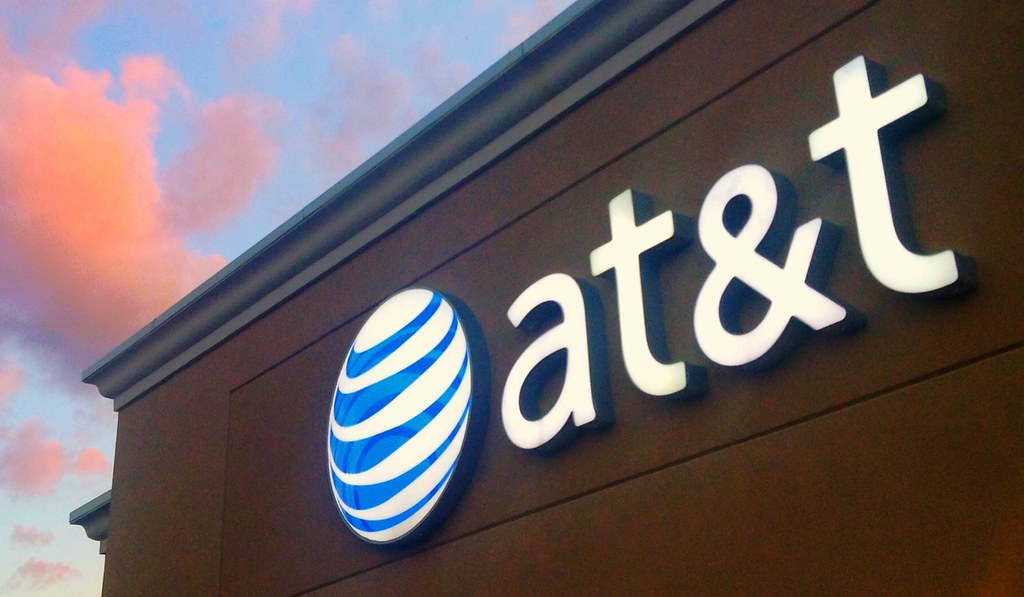Author: Lucas William
AT&T, for several months, went seeking an infrastructure associate that was willing to invest billions into the expansion of its fiber-optic network.
But over the holidays, the telecommunication provider announced its joint venture with an investment firm named BlackRock to fund and supervise the build-out of its fiber network.
Gigapower, the new LLC, will provide its services to customers outside AT&T’s 21-state service footprint.
This post covers AT&T’s newest joint venture, its plans to expand fiber networks across the country, and the potential to help with one of America’s lingering issues, a sharp divide in broadband availability across rural areas.
Let’s begin!
AT&T to Build Broadband Services Outside Its Current Markets
AT&T has signed an agreement with investment giant BlackRock to build more broadband services and expand its fiber internet service beyond its current markets, said a spokesman of the telecom giant.
The JV ( joint venture), Gigapower, will facilitate fiber service for customers outside AT&T’s 21-state wireline connectivity network that predominantly serves the midwestern and southern parts of the US.
While both parties have yet to release the deal’s financial terms, we know that the multi-gigabit fiber network will serve an initial 1.5 million customers.
In its press release, AT&T states its commitment to achieving 30 million broadband connections by the end of 2025.
However, the press release discloses nothing about the communities and locations Gigapower will serve, nor reveal the financial aspect of the deal.
Closing The Broadband Divide
The Gigapower project arrives as fiber-based connectivity continues to spread across the country.
In 2022, the Biden administration signed the Infrastructure Investment and Jobs Act into law, which was highly lauded by industry trade groups, like the Fiber Broadband Association, for including a hefty $65B intended for the rapid implementation of broadband services across the nation.
“We strongly believe that Gigapower’s fiber framework will transform the current network standards and effectively connect more communities across the country with vital broadband opportunities,” says Mark Florian, global head of Blackrock’s diversified infrastructure, in a statement.
In addition, many economic analysts see this deal as a possible solution to help bridge America’s broadband divide, which sees millions of rural Americans without access to high-speed internet services.
A Cost-Effective Approach To Fiber Expansion
In a statement earlier this week, AT&T’s CFO, Pascal Desroches, talks more about the deal, although withholding numbers of the value, and explains that it allows the telecom provider to expand beyond its fiber footprint cost-effectively.
“Our joint venture with BlackRock offers a capital-positive strategy for us to experiment outside our regular ILEC footprint. Moving forward, we can determine whether the economics of it all make sense enough to continue expanding in those areas,” says Desroches.
Regarding AT&T’s current deployment rates, Descorches says the company builds out fiber “at rates no other industry player has ever done.” The telecom operator revealed its plans to serve over 30 million businesses and homes with fiber by 2025. At the moment, Gigapower targets an initial 1.5 million locations through the multi-gig fiber network
Final Thoughts
AT&T has yet to disclose where it plans to situate Gigapower plants to build fiber. However, one operator representative rumors that the project begins making fiber connections in the Mesa, Arizona area, an out-of-footprint location where AT&T could look to initiate its fiber strategy.
Desroches refused to comment on whether the partnership would involve fiber acquisitions. Instead, Desroches emphasized their goal of providing service to communities and cities that are “economically appealing” and “underrepresented in the wireless technology front.”
AT&T’s Wireless Fiber’s 1Gbps service charges $80 monthly, but there are lower speed options at lower prices.

